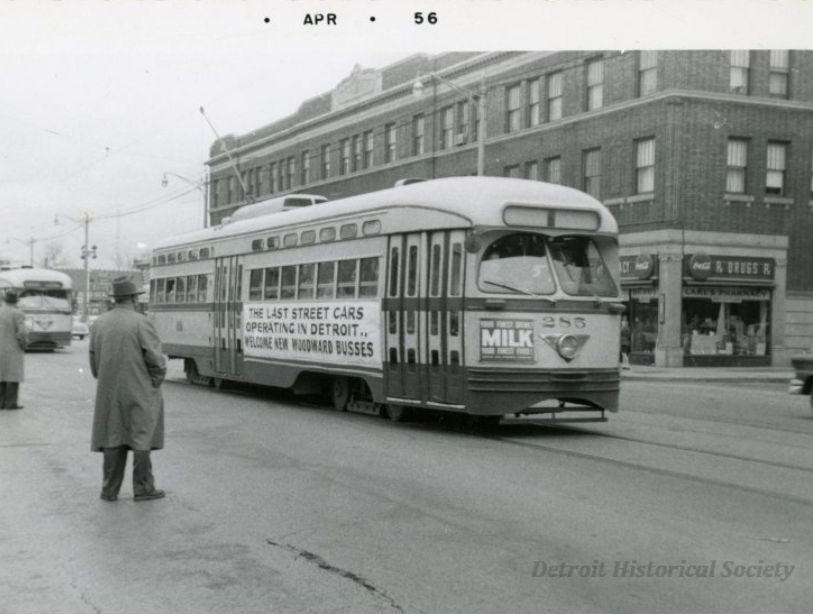In the 19th and early 20th centuries, Detroit and the surrounding southeastern Michigan region experienced a period of rapid transformation — fueled in large part by the arrival and expansion of railroads. These iron pathways did more than move goods and passengers; they powered the growth of communities, industry, and opportunity across the area, helping lay the foundation for the Michigan we know today.
The Dawn of Rail in Detroit
The first major rail development in Detroit came with the Detroit and Pontiac Railroad, chartered in 1834. Although progress was slow at first — partly because of the economic downturn of the late 1830s — by 1843 the line was completed, connecting Detroit northward to Pontiac. This made it one of the earliest operating railroads in the Midwest. With it came faster transportation times and year-round travel possibilities that wagons and muddy roads simply could not match.
Soon after, Detroit became a vital rail hub connecting the East Coast to the emerging western frontier. The Michigan Central Railroad, established in 1846, played a crucial role by linking Detroit to Chicago by the early 1850s. This east-west corridor was instrumental in positioning Detroit as a key gateway for goods, people, and ideas traveling between major American markets.
Railroads and Economic Growth
The early rail systems were a catalyst for Detroit’s industrial boom. Trains efficiently carried raw materials like lumber, iron, and later, automotive parts, directly into the heart of the city. Manufactured goods and agricultural products from Michigan’s interior were shipped eastward to booming markets. In fact, many communities in southeastern Michigan — including Ypsilanti, Ann Arbor, Pontiac, and Dearborn — grew rapidly because of their proximity to rail lines.
Railroad construction also provided jobs for thousands of workers, many of them new immigrants, offering a pathway to economic stability for families settling in the region.
Urban Rail: The Birth of Streetcars
While steam railroads linked cities, within Detroit itself, an even more accessible form of rail emerged: streetcars. Detroit introduced its first horse-drawn streetcar line in 1863. These early streetcars ran along Jefferson Avenue and quickly became popular for city dwellers who needed a reliable way to travel between the growing neighborhoods and downtown.
In the 1880s, electric streetcars began replacing horse-drawn versions, dramatically improving speed and capacity. Detroit became one of the first large cities in America to fully electrify its streetcar system by 1895. These “interurban” electric trains extended beyond city limits, connecting suburban areas like Royal Oak, Birmingham, and Mount Clemens to Detroit, offering a truly regional transportation network well before the advent of widespread automobile use.
Rail and Community Life
The arrival of the railroad wasn’t just about commerce; it had a profound social impact as well. Towns along the rail lines often developed their own unique identities, anchored by bustling train depots that served as centers of activity. Railways made it possible for people to attend events, visit family, and explore new job opportunities with a freedom previously unimaginable. Cultural exchanges and business partnerships flourished thanks to the convenience of rail travel.
Summer resorts and parks sprouted up along rail lines, as Detroiters used the interurban trains to escape the city’s heat for the breezy shores of lakes like Lake St. Clair and Lake Erie.
A Legacy of Connection
Though the prominence of rail travel would eventually give way to the automobile (an industry Detroit itself helped to create), the early train and rail systems of Detroit and southeastern Michigan were instrumental in shaping the region’s trajectory. They connected people across distances, fueled economic expansion, and helped establish Detroit as a center of American ingenuity and innovation.
Today, remnants of that pioneering era can still be seen in restored depots, repurposed rail lines, and the layout of many cities and towns. More than relics, these are lasting reminders of a time when Detroit’s iron rails helped move a young nation forward — one mile at a time.


